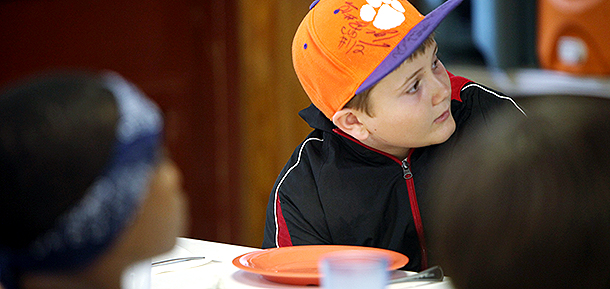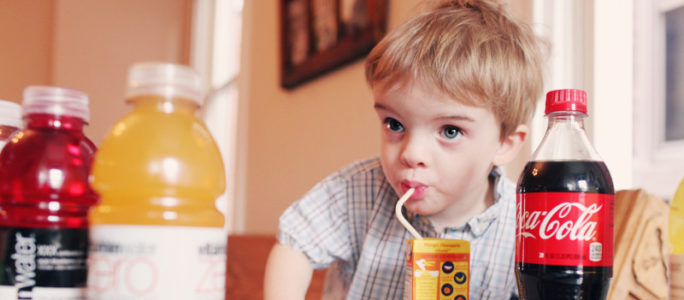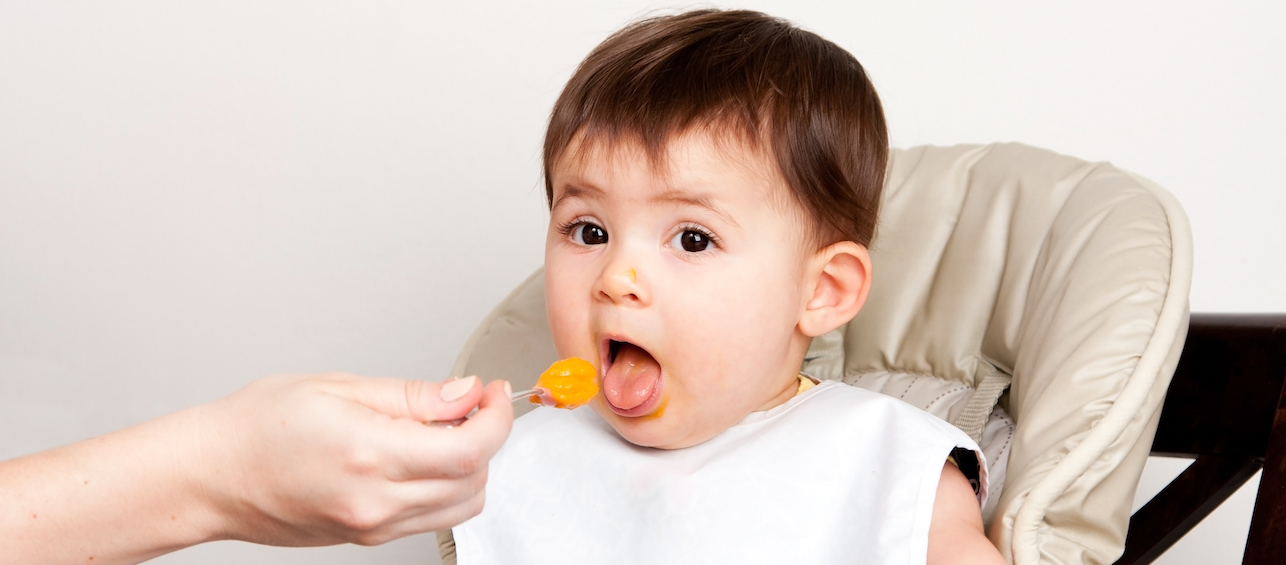McDonald’s may have had the right idea in incentivizing children with toys to make certain food choices. Our team wondered if we could use a similar tactic but motivate kids to make healthy choices instead. Could we help them to choose the healthiest options off of the school lunch menu, rather than an unhealthy combination of foods, by rewarding them?
This is important distinction to help children make because unhealthy school lunches are a risk factor for obesity. While the school lunch program is USDA approved, kids can select fewer components and less healthful options such as chocolate milk over plain, low fat milk.
This idea for incentivizing children was born out of a partnership between Cincinnati Public Schools and a team from Cincinnati Children’s, including the Center for Better Health and Nutrition and the Nutrition/Population Health and Obesity Team.
So we decided to put our theory to the test through an initiative at one of the Cincinnati Public Schools, Frederick Douglass Elementary School in Walnut Hills. We offered children prizes such as pencils, erasers and stickers for selecting the “power plate”. It’s called the power plate because it encourages children to choose the best-for-them combination of foods off of the school menu: an entrée with whole grain, a fruit, a vegetable or salad and a plain, low-fat milk.
Our team was encouraged by the results. Of the 297 students in grades one through six, about 99 percent participated in the free and reduced lunch program; very few brought lunches from home. Just less than 10 percent selected a power plate prior to the prizes being awarded. When prizes were given daily, 52.8 percent selected the power plate. This declined to 47.3 percent when prizes were awarded twice a week. When no prizes were given, 38.2 percent continued to choose the power plate.
Overall, there was a 335 percent increase in power plate selection over baseline by offering the small prizes. We see this as a positive sign that other schools might have success with offering small prizes for children to choose the power plate. Stickers and washable “tattoos” are about three cents each.
Using a similar theory in a separate trial, our team placed green smiley-face emoticons by the most nutritious foods in the cafeteria in lieu of awarding prizes. We also observed that, even without incentives, kids were more likely to choose the healthy option when they encountered positive reinforcement like a smile. Additionally, when emoticons and incentives were combined, plain white milk purchasing increased over five times the baseline.
It is important to note that our research team did not study whether the students actually ate the meals and this was not a long-term study, so we don’t know whether it would be an effective methodology in the long-run. However, we do plan to look at those aspects in the future, and we are hopeful about the possibilities.
The power plate program is currently being offered at three elementary schools in the Cincinnati Public Schools district, but officials there are considering spreading the program to 11 more schools.
We believe that teaching kids to choose healthy options over unhealthy options is better for them than eliminating the poor choice all together because they are confronted with good and poor choices outside of school (like we all are!) and will continue to be for the rest of their lives.





